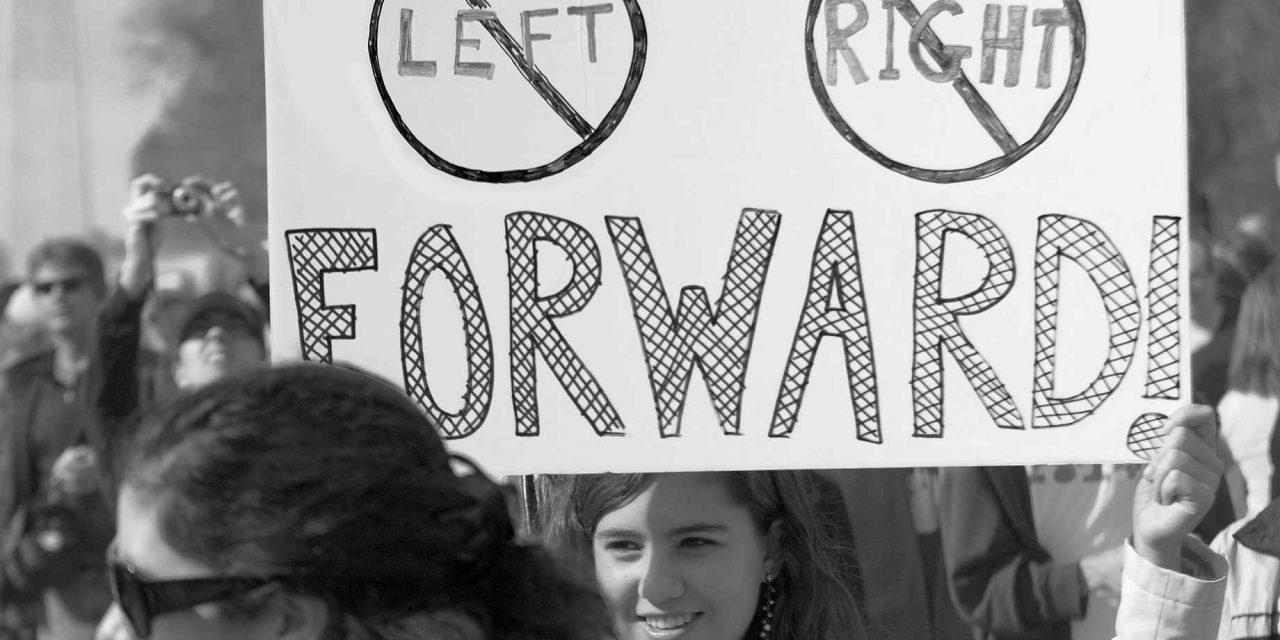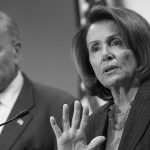Continuing a 10-year trend, the Gallup polling agency reports that independents once again outnumbered Democratic or Republican voters in 2018.
And the gap is significant. According to Gallup, 42 percent of the American electorate identifies as independents, compared to 30 percent who say they are Democrats and 26 percent who are aligned with the Republican Party.
At least four in 10 Americans have been political independents in seven of the past eight years, including a record-high 43 percent in 2014.
In contrast, neither major political party has approached the 40 percent mark over the past three decades.
In fact, the recent rise in independent identification has come at the expense of both parties about equally. Since 1988, Gallup reports that their polling shows Americans who identified as independents has risen nearly 10 points, while the percentage of Republicans has fallen five points and the percentage of Democrats has fallen six points.
The strong plurality in favor of independents coincides with continued low approval ratings for Congress and the president.
Party leaders keep trying to convince themselves that independents are a small sliver of the voting public – or even that ticket-splitters largely don’t exist. They claim that self-identified independents are actually “leaners” who vote en masse for the candidates of one party or the other.
Yet, polling has shown that a large slice of the electorate is ready for a substantial change in national politics, with a third party as an alternative to both Republicans and Democrats. In 2017, Gallup found that 61 percent of voters think that a third major party is needed, the highest number ever, including 49 percent of Republicans, 52 percent of Democrats and 77 percent of independents.
The most recent trends toward independence are based on aggregated data from all Gallup polls conducted in each year. The 2018 aggregate includes 13 separate surveys, encompassing interviews with more than 13,000 U.S. adults. Gallup asks Americans in every poll it conducts whether they identify politically as a Democrat, a Republican or an independent.
Gallup has asked that same party identification question it does today in polls as far back as 1951.
As the chart above demonstrates, support for the two parties last represented a strong, combined majority of voters after the 9/11 terrorist attacks and the launch of the Iraq War. Since then, throughout the Obama administration and into the Trump presidency, the number of independents has grown markedly, reaching 40 percent and maintaining or exceeding that level for most of the last several years.
Since 2011, the percentage of independents has annually eclipsed the self-identified Democrats by 11 points on average, and the allegiance to the GOP by 14 points.







